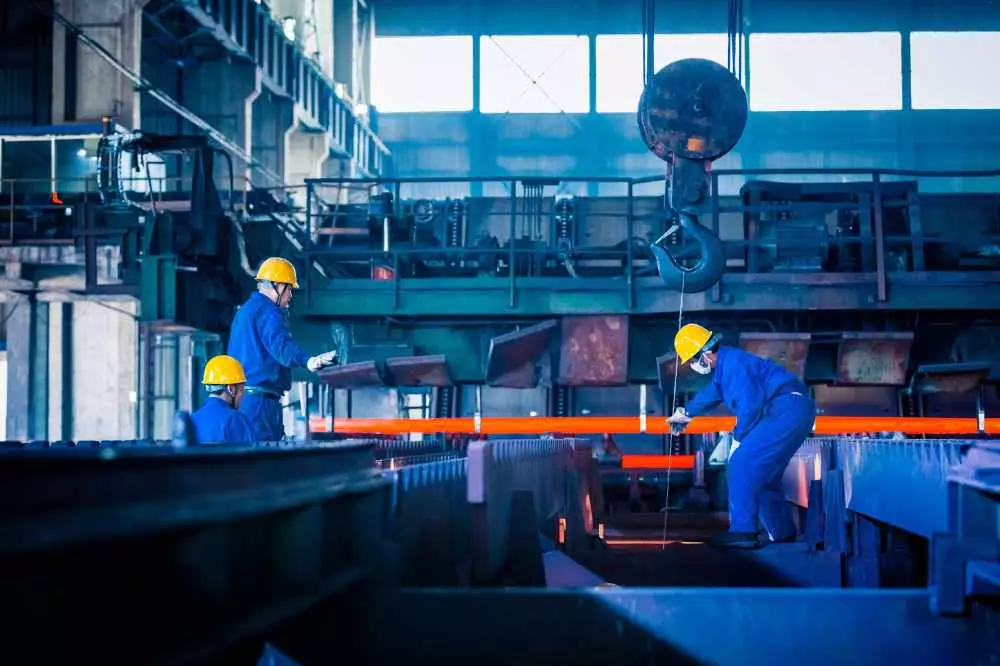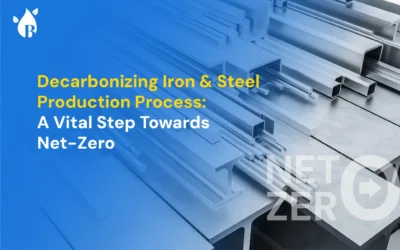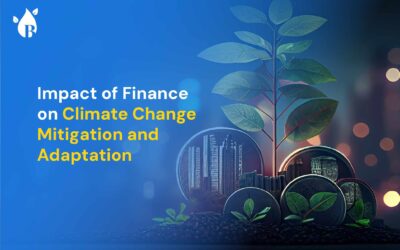
The growth of manufacturing has been tremendous over the past few decades, but it’s clear that technology has raised the bar for manufacturing expectations. Subsequently, the world is at the mercy of the carbon emissions today which are trailing behind and beginning to have an impact.
Are we reducing carbon emissions enough? Or perhaps the question should be, are we at least acting? The good news is that yes! Read on to learn how.
Let’s First Comprehend the Manufacturing and Emission Situation in India Now.
India’s manufacturing sector is the second-largest in the world, with a GDP of $865 billion. The sector contributes nearly 13% of India’s GDP, and it employs about 12% of the country’s workforce. In fact, India’s manufacturing industry has the potential to generate $1 trillion in revenue by 2025.
The country is home to some of the world’s largest manufacturers; for example, Tata Steel produces more than 28 million tons of steel per year, while Hindalco Industries produces around 32 million tons of aluminum annually. India’s manufacturing industry has grown significantly since 2001, when it was valued at $375 billion; today, it accounts for almost 15% of global manufacturing output. Also, ‘Make in India’ and ‘Atma Nirbhar’ vision aims to boost Indian manufacturing further.
As India modernizes, it’s transitioning to a more energy-intensive economy. But this transition is also making it harder for India to meet its climate goals. And as India grows, its reliance on coal will only increase—according to some projections, by as much as 15% by 2030. A harsh truth!
Energy intensive industries like steel, cement, power, etc. consume lots of coal. In turn, they are the major emitters of greenhouse gases into the atmosphere. In fact, these industries are responsible for as much as 40% of India’s total emissions.
India’s Decarbonization Action
India has been working to reduce energy consumption in hard-to-abate sectors, while promoting biofuels and hydrogen projects. In addition, the government is also helping to support renewable energy and implement the Perform, Achieve and Trade (PAT) scheme as a policy level intervention towards decarbonizing our manufacturing sector.
Additionally, India’s initial climate policy commitment under the Paris Agreement calls for a reduction in the GDP’s carbon dioxide intensity of 33 to 35 percent from 2005 levels by 2030 and an increase in non-fossil fuel-based power to approximately 40 percent of the total installed capacity in 2030 in order to meet the country’s growing energy needs while also addressing risks related to the climate and air pollution.
Furthermore, India presented ambitious goals at the COP26 international climate change conference, one of which was to achieve net-zero emissions by 2070.
Challenges Ahead the Decarbonization Roadmap
India has a high population density and limited access to energy, which makes it difficult for the government to meet its citizens’ needs while reducing emissions.
Energy-intensive industrial industries frequently overlook resource efficiency consumption in favor of ramping up output levels. Why? For them, investing in decarbonization paths and maintaining global competitiveness are expensive.
Aside from that, old machinery cannot be retired as it has a longer lifespan and suddenly transitioning to alternative biofuels can be expensive. For example, integrated operations in the cement industry’s clinker production might lead to emissions from feedstock, and in this scenario, a fuel alternative is not an option.
Green hydrogen is an untapped opportunity that could aid India in its decarbonization efforts, but it still needs a lot of research and development and cost-effectiveness. Lack of knowledge about these changes among unorganized MSME sector stakeholders. Despite being aware, people choose inexpensive ones.
What are Decarbonisation Pathways?
Vice President of the World Bank, Rachel Kyte, says, “Choices made today can lock in emissions trajectories for years to come and leave communities vulnerable to climate impacts. To reach zero net emissions before the end of this century, the global economy needs to be overhauled.” Hence, it is imperative to strategize planning, setting a price and implementing decarbonization.
It is crucial to implement sector-specific targets as a decarbonization strategy to reduce carbon emissions, particularly for the hard-to-abate industries. It’s time to incorporate all MSMEs and other industries that use a lot of energy into the PAT scheme and monitor it using appropriate policy changes. To remove any barriers to awareness and accessibility, a platform for proper information flow must be established.
Technology transfer between nations is crucial, particularly in research and development given our ambitious aims to lower the earth’s temperature. Additionally, executing waste-to-energy actions and encouraging a circular economy to reuse and recycle the energy resources available for wise usage.
At last, behavioral change at both the individual and institutional levels is essential to achieving full decarbonization.
Buyofuel wants to contribute as much as possible to the decarbonization with you. Interested in the specifics? Go to our website.



